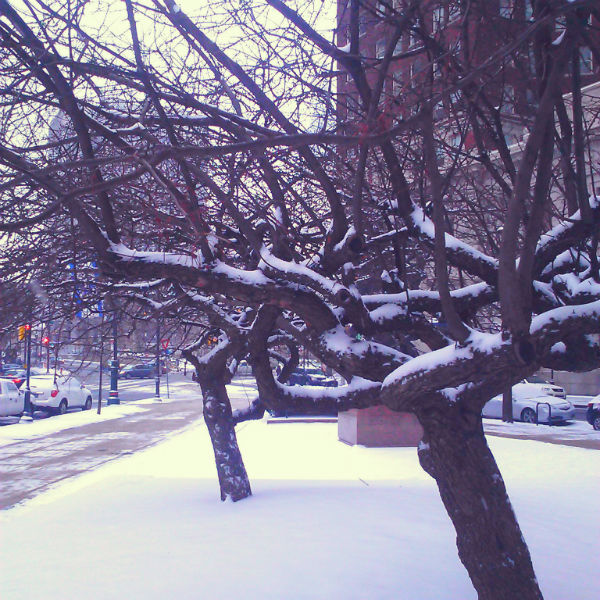
Winter – which brings drought, toxic de-icing salts, and extra weight in the form of snow and ice – can be a dangerous time for city trees. Although they are dormant in winter, trees still benefit from little extra TLC during these cold and snowy months! Here are a few tips to help you and your arborly friends make it to spring.
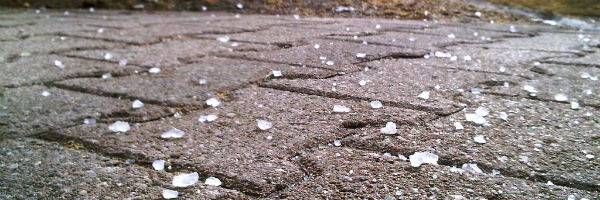
1) Avoid Rock Salt
Chemical-based de-icing salts (like sodium chloride or “rock salt”) wreak havoc on the health of our trees. Trees exposed to salts will exhibit signs of this stress the following spring and summer, most notably browning leaves. To avoid salt damage, use tree-friendly de-icing alternatives like sand, calcium chloride, potassium chloride, magnesium chloride, or a mixture of sand and other gritty materials like cinder or ash. You can also create a small snow fence around your tree out of chicken wire or other fencing, and make sure to flush your tree pit with plenty of water in the spring. For more information, check out our Trees and De-Icing Salts fact sheet. (Photo: yourleaf.org)
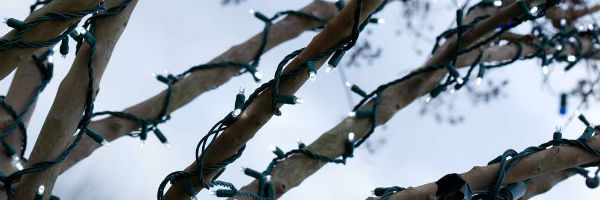
2) Remove Holiday Lights
We all love the beauty of Christmas lights nestled among tree branches, but if lights and power cords are wrapped too tightly or left on the tree once spring arrives, they will strangle the tree. Trees rely on the tender outer layers of the trunk to supply water and nutrients to the leaves, and lights, cords, rope, string, etc. wrapped tightly around the branches and trunk can easily cut into those vital channels. If you put lights on your tree, remember to remove them at the end of the season! (Photo: Christmas Lights Etc.)
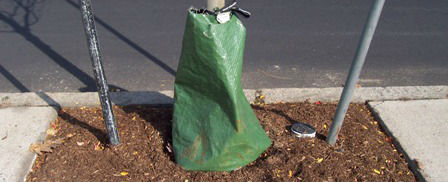
3) Remove Gator Bags
If you have a Gator bag or other watering bag around your tree, it’s best to remove it for winter. Gator bags can attract mice and other small mammals in winter, who like to snack on the tasty bark of your young tree! They can also hold moisture against the trunk and cause bark to rot, so make sure to unzip and remove your watering bag until your buds out in spring. (Photo: localecologist.blogspot.com)
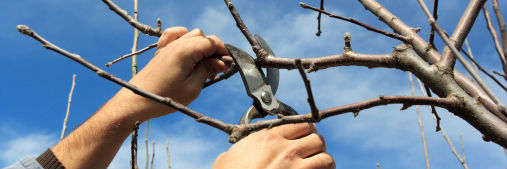
4) Prune
Winter is the perfect time to prune your trees. Not only are trees dormant, which means pruning won’t stimulate unwanted growth, but you also have the added bonus of being able to see the tree’s structure and all of its branches without the obstruction of foliage. On smaller trees in your yard, remove any dead or damaged branches that may snap with the extra weight of ice and snow with hand pruners, but remember to always stay on the ground! For larger trees in your yard or branches you can’t reach while standing on the ground, call a certified arborist. Please remember that only Philadelphia Parks & Recreation and PHS Tree Tenders are authorized to prune street trees, but you can request street tree maintenance from PPR here or get in touch with your local Tree Tenders group here. For more pruning tips, check out this great video from the PHS Tree Tenders. (Photo: Getty Images)
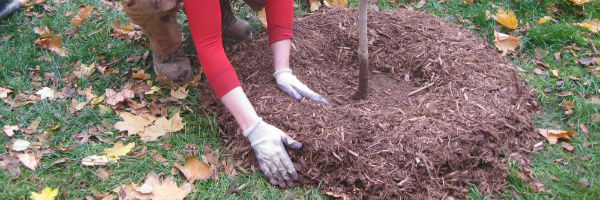
5) Mulch
If you haven’t already done so this winter, give your tree a fresh layer of organic, composted mulch. Mulch will help your tree stay warm and insulated, regulate moisture, and avoid salt damage. Remember to use the 3-3-3 rule (three inches of mulch in a three-foot ring around the tree, with a three-inch gap around the trunk) and to avoid mulch volcanoes! Check out this PHS Tree Tenders video on mulching for more tips. (Photo: yourleaf.org)
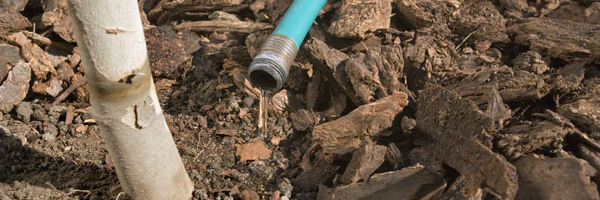
6) Water
If your tree was planted in the last two years, make sure to water it until it loses its leaves (or until all the leaves have turned brown on species that keep their leaves all winter, like some oaks). Trees that have been in the ground for more than two years could still use a nice big drink before the winter drought – just make sure the ground isn’t frozen first! (Photo: Sacramento Tree Foundation)
Posted By
treephilly
Categories
Blog